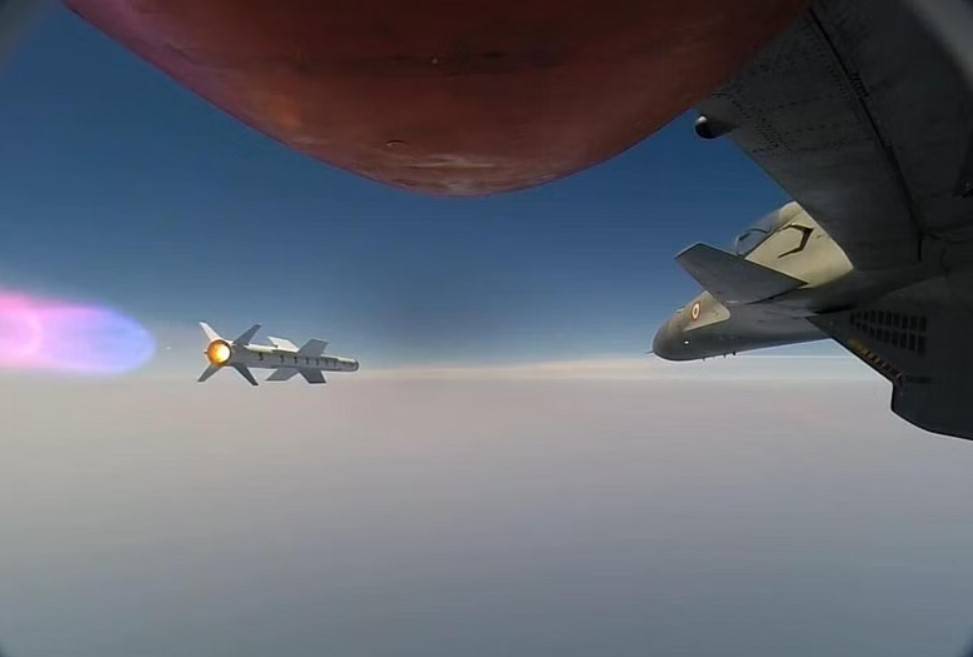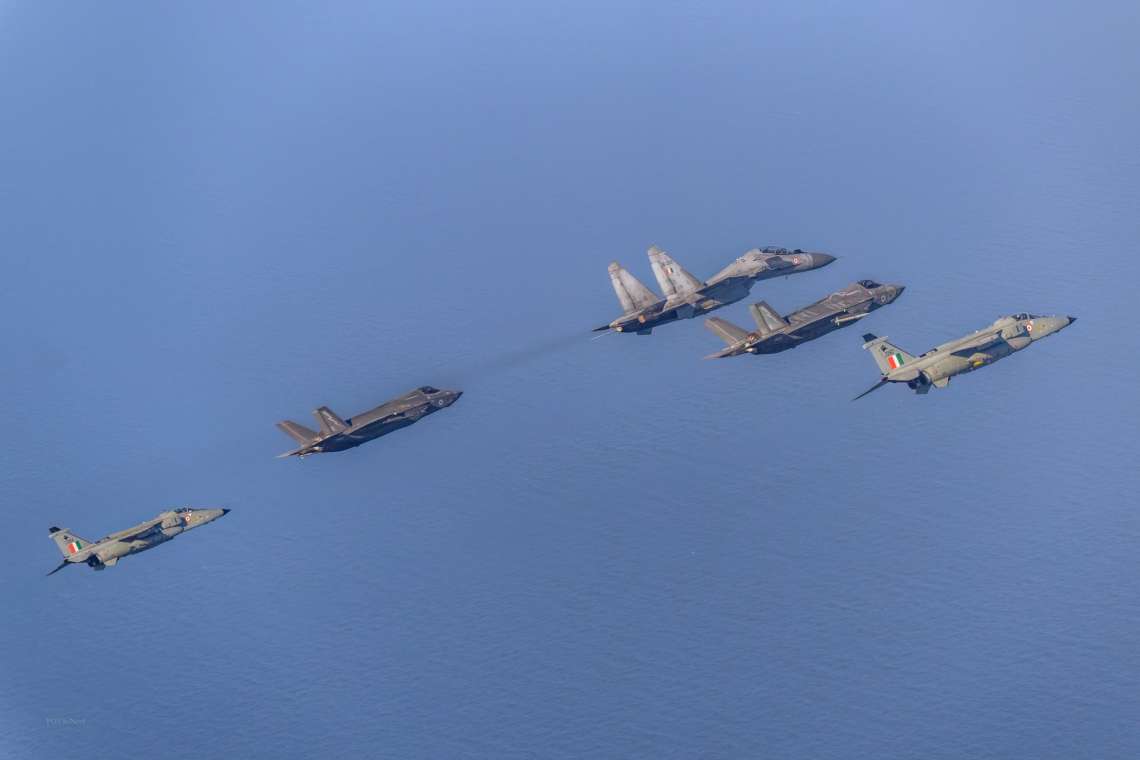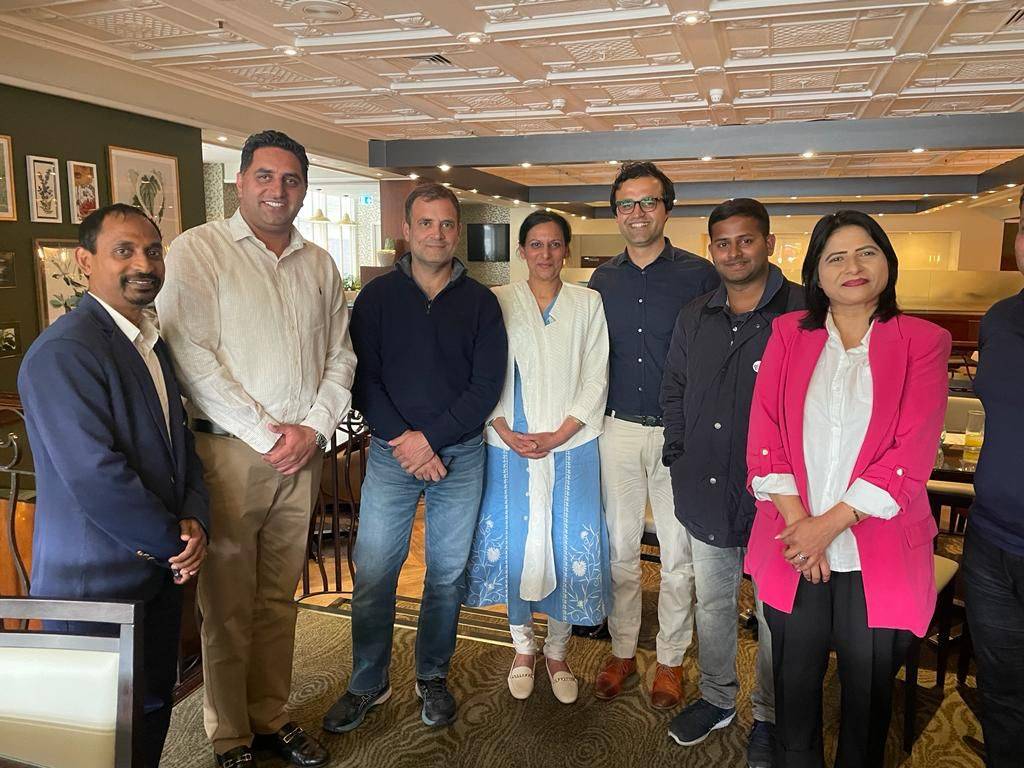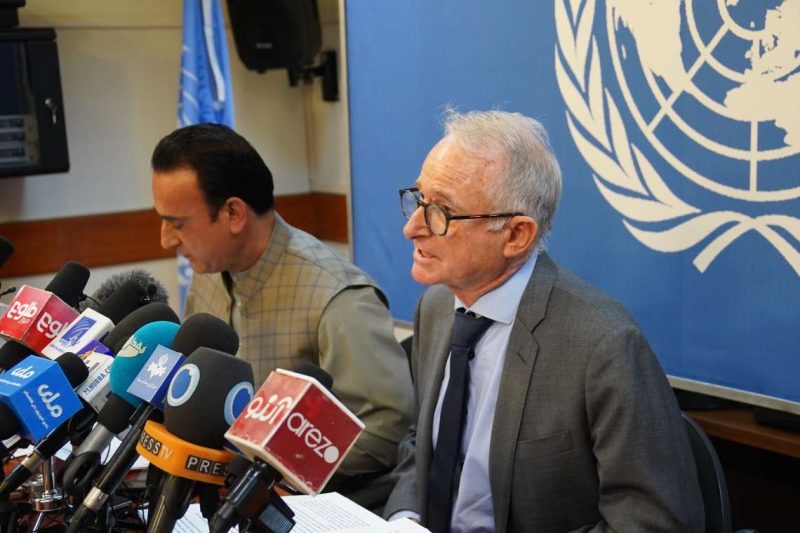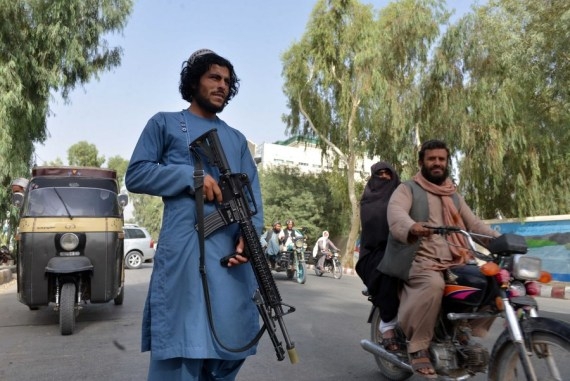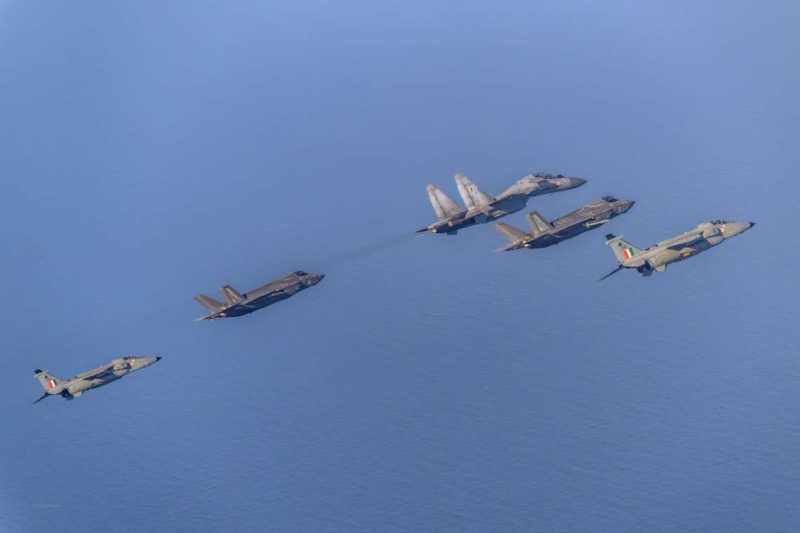The missile, for which successful trials have already been undertaken by the IAF, is fully integrated on the Su 30 MK-I fighter aircraft & will be integrated with other fighter aircraft in a phased manner, including the Light Combat Aircraft (Tejas)
In a big boost to the domestic defence industry, the Ministry of Defence has signed a contract with Bharat Dynamics Limited (BDL) for supply of the indigenously developed ASTRA MK-I Beyond Visual Range (BVR) Air to Air Missile (AAM) and associated equipment for the Indian Air Force & the Indian Navy.
The Rs 2,971-crore contract was signed under the Buy (Indian-IDDM) category on Tuesday.
The technology to manufacture missile of this class indigenously was not available until now, the Ministry of Defence said, announcing the mega deal which it described as a major boost to Prime Minister Narendra Modi’s vision of ‘Aatmanirbhar Bharat’ (self-reliant India).
ASTRA MK-I BVR AAM has been indigenously designed & developed by Defence Research and Development Organisation (DRDO) based on the Staff Requirements issued by the Indian Air Force (IAF) catering for Beyond Visual Range as well as Close Combat Engagement reducing the dependency on foreign sources, the ministry said.
The Transfer of Technology from DRDO to BDL for production of ASTRA MK-I missile and all associated systems has been completed and production at BDL is in progress, the ministry added.
Air to Air missile with BVR capability provides large Stand Off Ranges to own fighter aircraft which can neutralise the adversary aircraft without exposing itself to adversary Air Defence measures, thereby gaining & sustaining superiority of the Air Space.
“This missile is technologically and economically superior to many such imported missile systems,” the defence ministry pointed out.
ASTRA MK-I missile and all associated systems for its launch, ground handling & testing have been developed by DRDO in coordination with the IAF.
The missile, for which successful trials have already been undertaken by the IAF, is fully integrated on the Su 30 MK-I fighter aircraft & will be integrated with other fighter aircraft in a phased manner, including the Light Combat Aircraft (Tejas).
The Indian Navy will integrate the missile on the MiG 29K fighter aircraft, the defence ministry said.
According to the defence ministry, this project will act as a catalyst for development of Infrastructure and Testing facilities at BDL.
It will also create opportunities for several MSMEs in aerospace technology for a period of at least 25 years. The project essentially embodies the spirit of ‘Aatmanirbhar Bharat’ and will help facilitate realising the country’s journey towards self-reliance in Air to Air Missiles, the ministry noted.
“The Astra’s BVR capability provides large “standoff ranges” to our own fighter aircraft, allowing them to neutralise the adversary aircraft without exposing itself to adversary air defence measures… This missile is technologically and economically superior to many such imported missile systems,” said the MoD.
“The transfer of technology from DRDO to BDL for production of Astra Mark-I missile and all associated systems has been completed and production at BDL is in progress. This project will act as a catalyst for development of infrastructure and testing facilities at BDL. It will also create opportunities for several MSMEs (micro, small and medium enterprises) in aerospace technology for at least 25 years,” stated the MoD.
With the IAF operating 600-700 fighter aircraft, it will need several thousand Astra missiles. With air-to-air missiles costing about Rs 15 crore each, the Astra will provide major business opportunities to Indian firms.
The Astra BVRAAM involves radically different technology challenges compared to ballistic and tactical missiles. A typical Astra engagement has both the launcher and the target moving at speeds in excess of 1,000 kmph.
Fired from a pylon on the wing of a Sukhoi-30MKI fighter, the Astra’s smokeless propellant quickly accelerates it to about 4,000 kmph. As the missile gains on the target, the Su-30MKI tracks the target continuously on its radar, and steers the missile towards it over a data link. About 15 km from the target, the Astra’s on-board radio seeker locks onto the target; now, it no longer needs guidance. When it reaches a few metres from the enemy fighter, the Astra warhead is detonated by a “radio proximity fuze”, spraying the target with shrapnel and shooting it down.
Only a handful of missile builders — in the US, Russia, Europe and China — have mastered technologies that go into BVRAAMS. India is now joining that elite group.
On the drawing board is a longer-range Astra Mark II, which will shoot down enemy fighters at ranges up to 100 km away.
Project Astra was initiated in 2001
In 2001, the DRDO had initiated discussions with various stakeholders on the design and development of an indigenous air-to-air missile system, which could take on adversary targets beyond the visual range, thus providing a strategic advantage.
Subsequently, Hyderabad’s Defence Research and Development Laboratory (DRDL) was identified as the nodal lab, and a task force was formed to undertake preliminary studies.
Sources said although financial sanctions were not available then, activities were initiated with the internal funds of the DRDO.
“The major challenges were the development of RF Seeker, miniaturised and robust missile hardware, and integration on IAF frontline aircraft without the support of the foreign Original Equipment Manufacturer (OEM),” a source said, adding that DRDO’s management wanted DRDL to demonstrate the basic capability even before the project sanction.
Simultaneously, the IAF was requested to generate the programme standard and quality requirement (PSQR).


